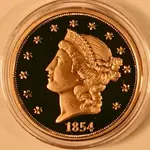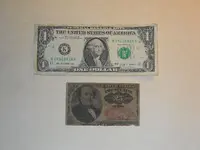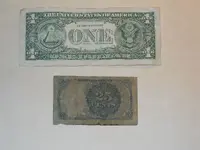Dan Hughes
Sr. Member
- Joined
- Aug 26, 2008
- Messages
- 472
- Reaction score
- 71
- Golden Thread
- 0
- Location
- Champaign, IL
- Detector(s) used
- Several
- #1
Thread Owner
Why do some coins have smooth rims and others have rims that look like sawteeth?
Why is our paper money all the same size, but our coins all different sizes?
What two United States coins existed at the same time and were worth the same amount, but looked completely different and even had different names?
And what does this dateless buffalo nickel have to do with this show?
These questions and more are answered in the latest edition of In the Treasure Corner.
Listen at In the Corner with Dan Hughes.






